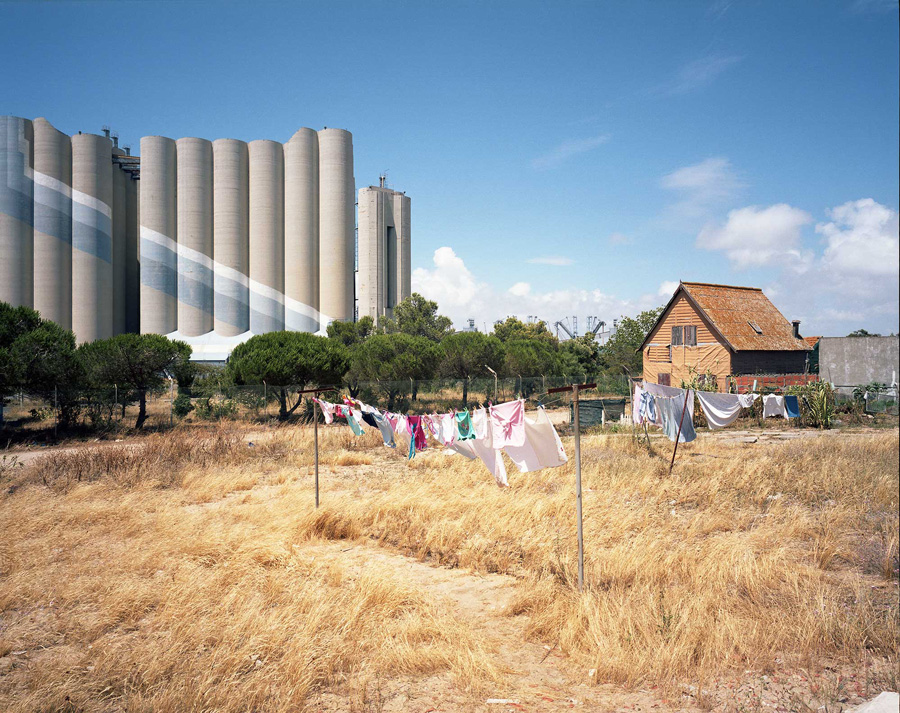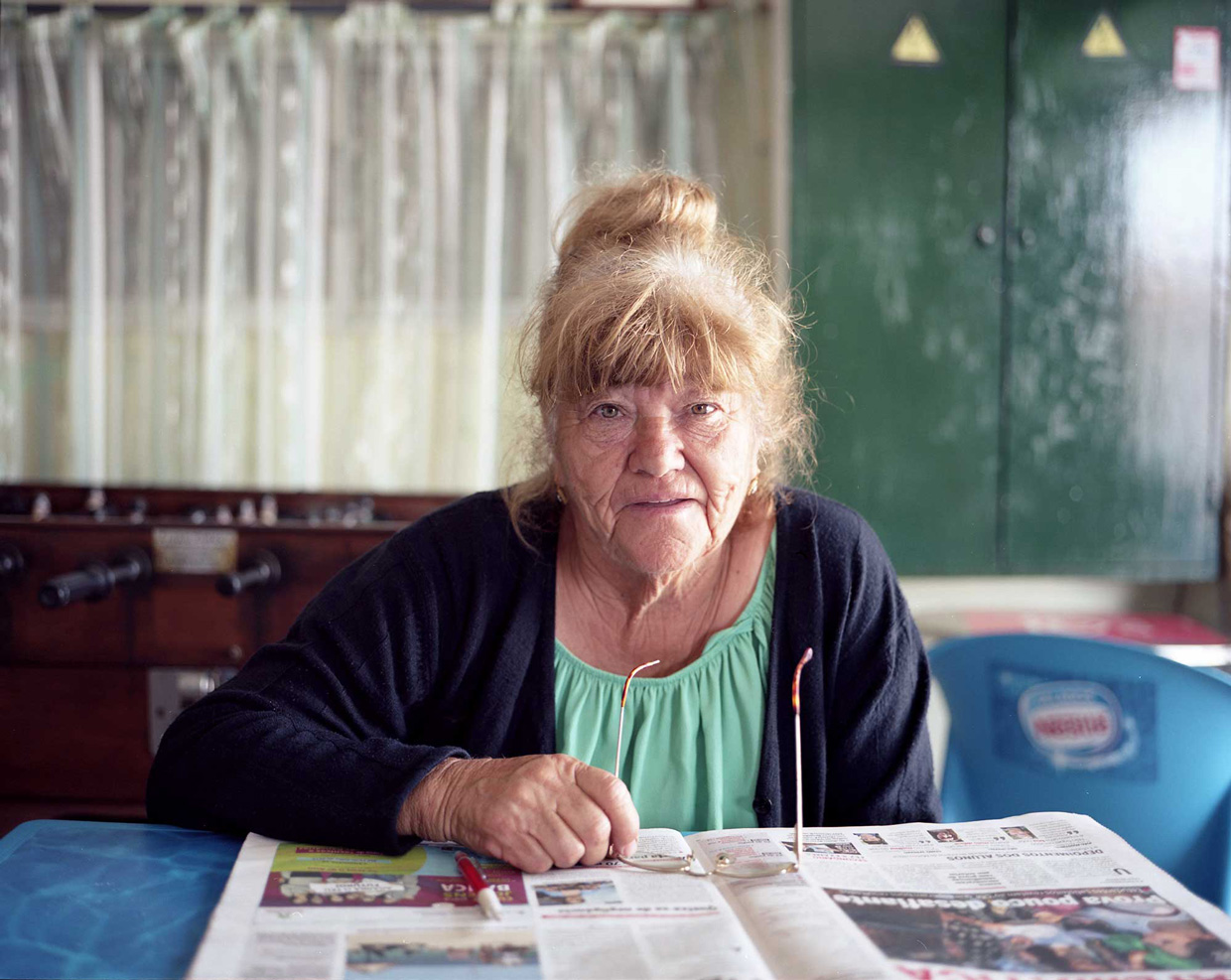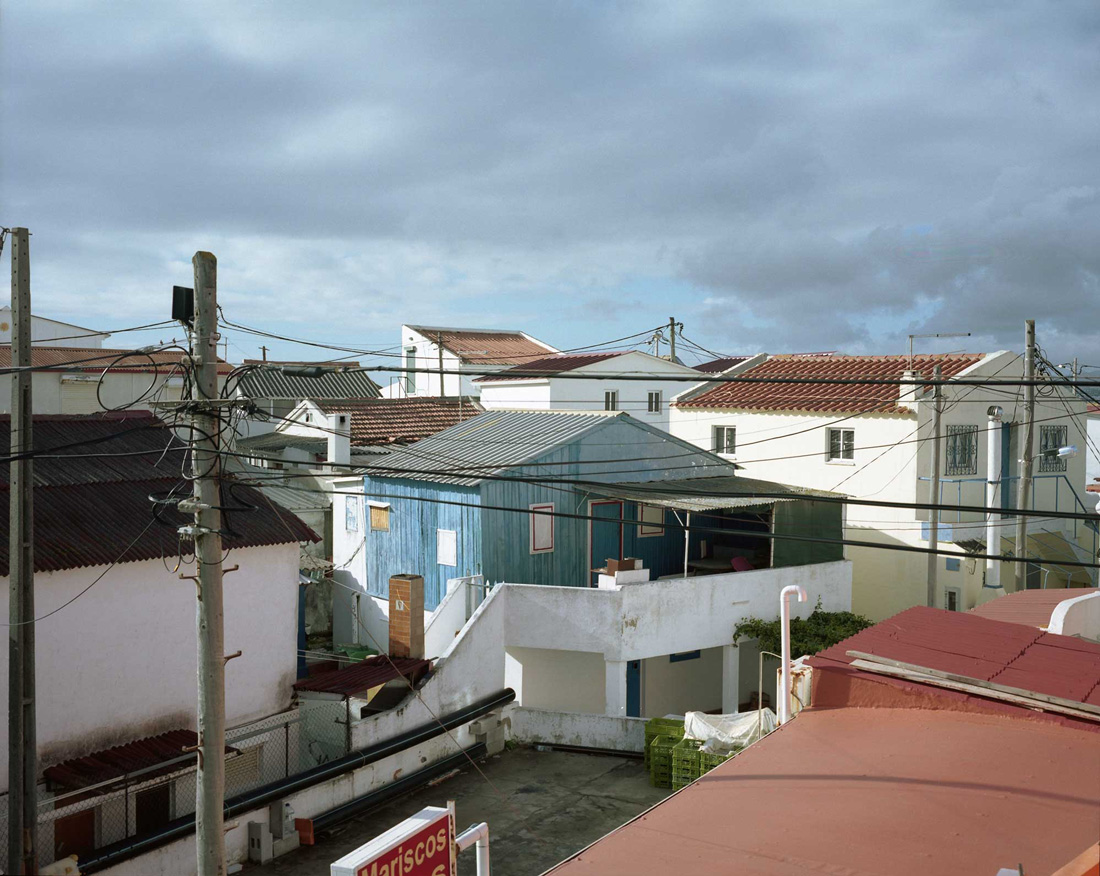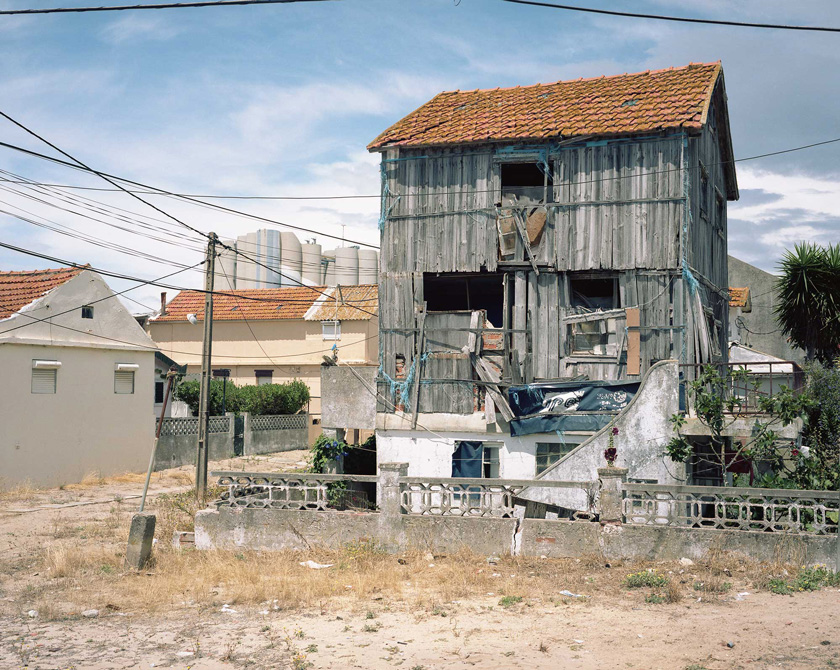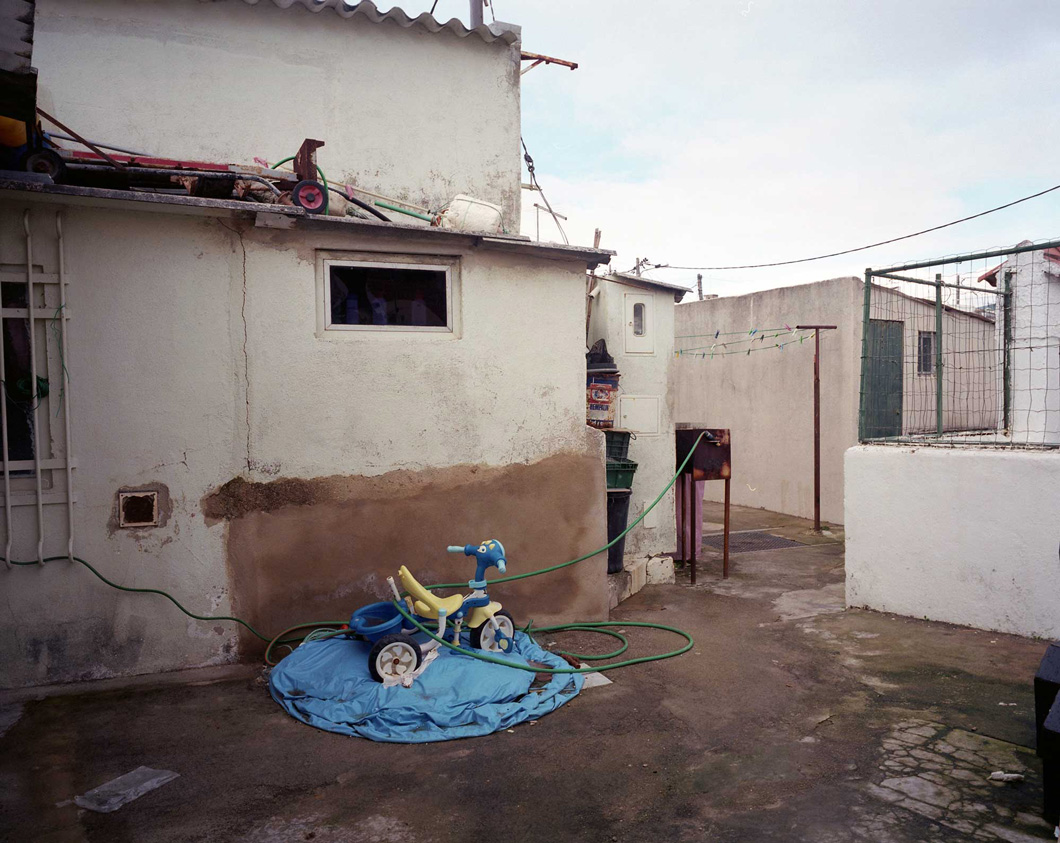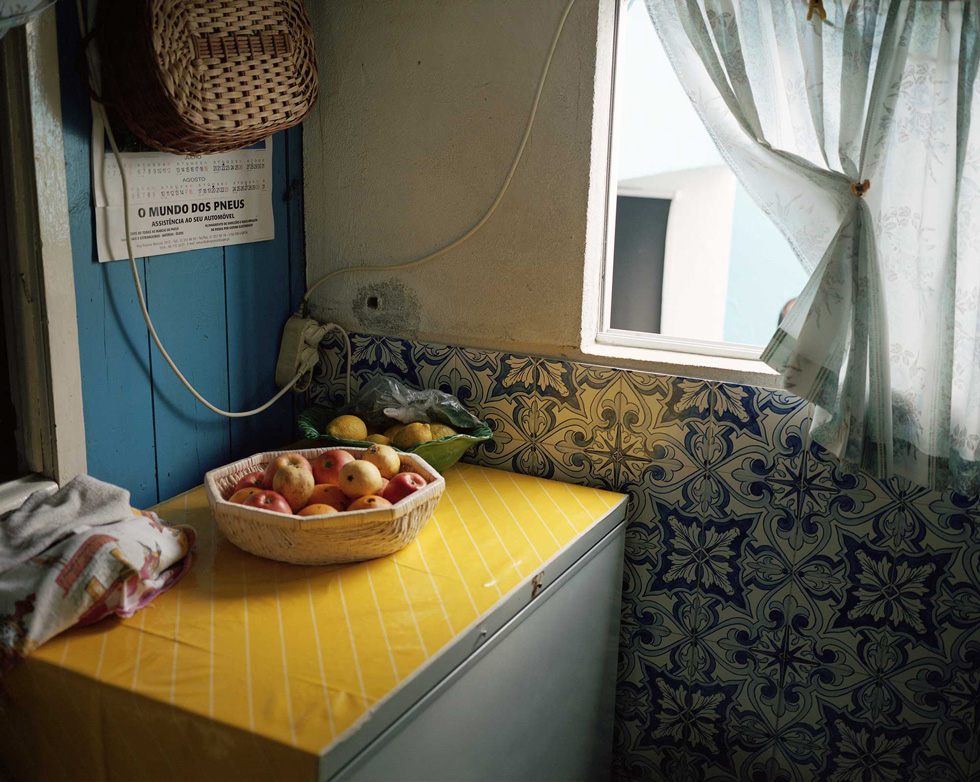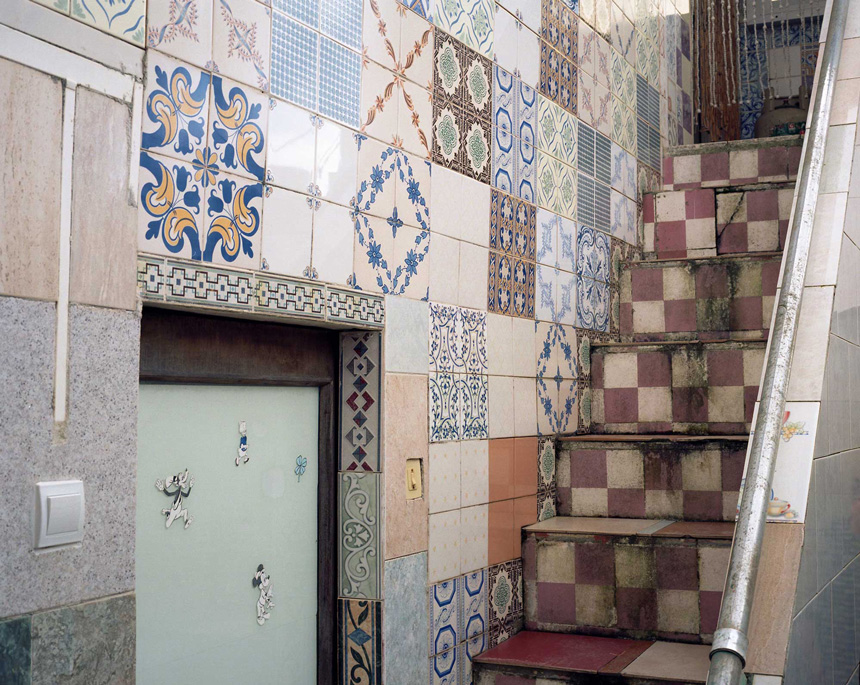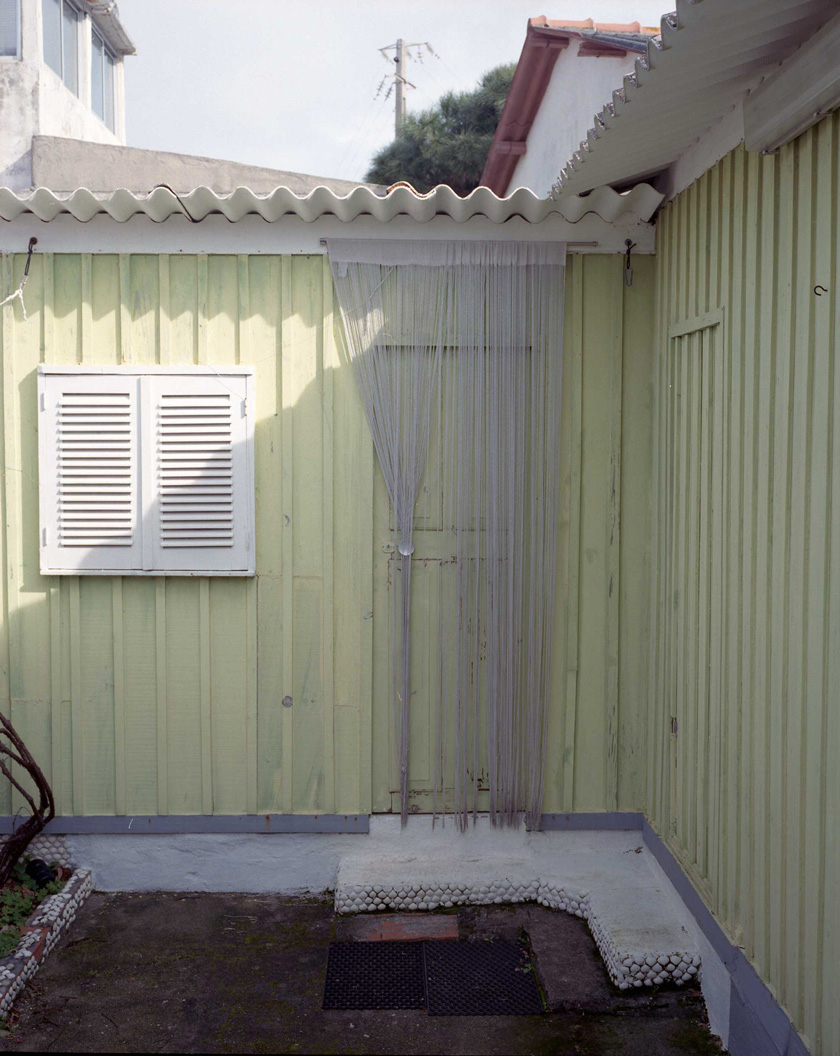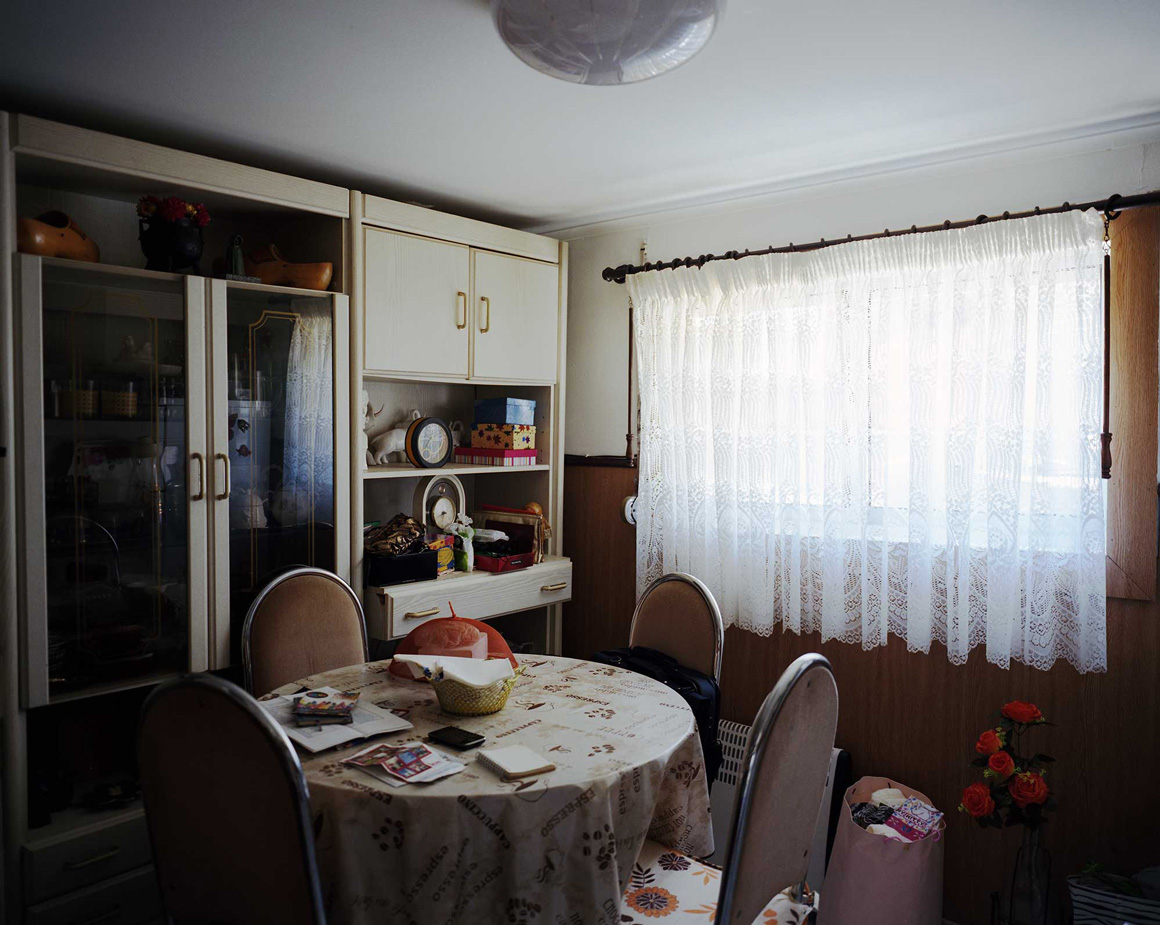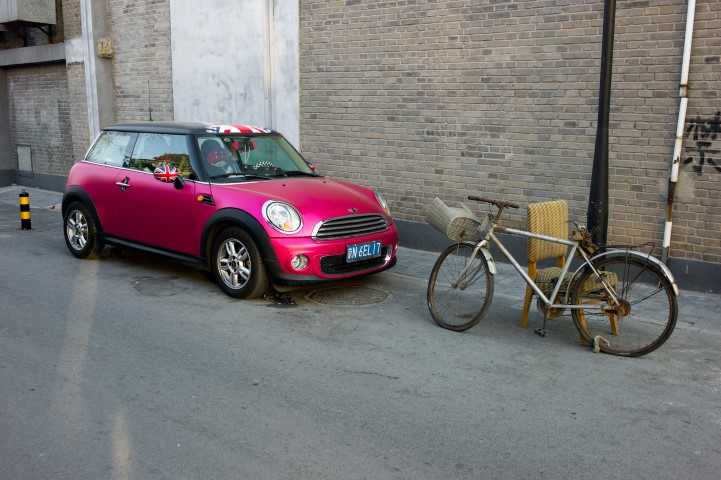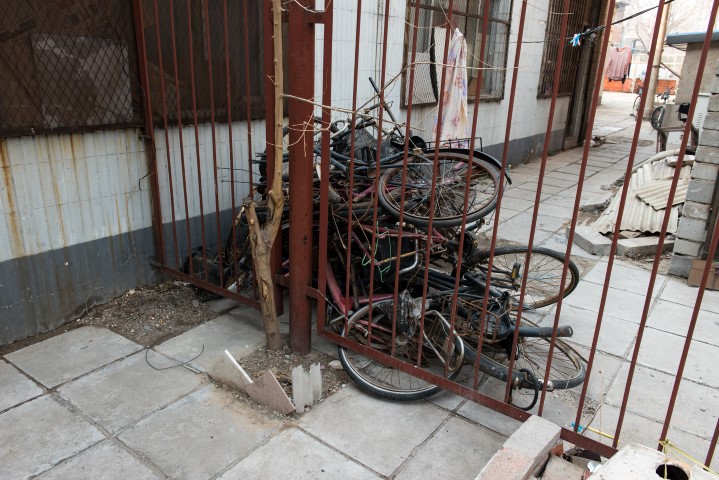TERRITORY
BY ÁLVARO DOMINGUES
“As a graphic register of correspondence between two spaces, whose explicit outcome is a space of representation, mapping is a deceptively simple activity. To map is in one way or another to take the measure of a world, and more than merely take it, to figure the measure so taken in such a way that it may be communicated between people, places or times. The measure of mapping is not restricted to the mathematical; it may equally be spiritual, political or moral. By the same token, the mapping’s record is not confined to the archival; it includes the remembered, the imagined, the contemplated. The world figured through mapping may thus be material or immaterial, actual or desired, whole or part, in various ways experienced, remembered or projected. (…) [Maps’] apparent stability and their aesthetics of closure and finality dissolve with but a little reflection into recognition of their partiality and provisionality, their embodiment of intention, their imaginative and creative capacities, their mythical qualities, their appeal to reverie, their ability to record and stimulate anxiety, their silences and theirpowers of deception." Denis Cosgrove1
There is nothing like going back to Prehistory to feel the true primeval fascination that maps have. If we have the feeling, nowadays, that maps don’t embrace the complexity of the real world, maps of ancient times and territories, indecipherable as they are, free us from that strain and make us more willing for the register of pure representation.
Maps, just like any other representation, carry with them reality and the minds of men and their way of thinking. While some will try to decipher the graphics of paths, rivers, water springs, fields and other physical spaces of the works and days, others will find magical meanings, cosmic signs or just a combination of lines, circles and dots. As we don’t have any other records of the time and culture that has produced the representation of the Valcamonica “map”, interpretation will always be highly precarious and hopelessly bound by rationalities that are surely not the ones who have drawn it.2 We don’t know what it represents or even what was meant to be represented.
Maps are always to some degree “terra incognita”; disclosing and hiding what you intend to objectify and everything else that escapes that simplification. In 16th-century Europe, among the narratives of newly discovered lands and the “findings” of the navigators, the learned knowledge of cartographers, information and misinformation, there were endless problems and contradictions that had to be represented: the antipodes, the sea that boiled in the Torrid Zone, the tracts of inhabited land (the ecumene), longitude calculations, the representations of the world by ancient authors and by the medieval imaginary, the Eldorado, the Amazons and other mythical inhabitants from the ends of the earth, the bizarre, the monstrous and the exotic, and so on. Everything led to an intense cartographic production, a sense of bewilderment coming from the knowledge of the new limits of the world and of its wonders. Cartography was like “painting the world” [a “pintura do mundo”3]: “(…) a map is ‘a social construction of the world expressed through the medium of cartography’. Far from holding up a simple mirror of nature that is true or false, maps redescribe the world – like any other document – in terms of relation of power and of cultural practices, preferences and priorities. What we read on a map is as much related to an invisible social world and to ideology as it is to phenomena seen and measured in the landscape. Maps always show more than an unmediated sum of a set of techniques”.4
Using cartography to talk about territory means to accept the game of mirrors between reality and representation, according to the well-known formula in photography and in the mind of the photographer – as in the case of Joan Fontcuberta, where we can see that reality is the only part of fiction that we can prove it is there, presented as real. Thus, to fictionalize reality is a requirement without which reality remains opaque and indistinct, therefore, nonexistent.5 The same is stated in Roland Barthes’s thesis, where the camera lucida is a mediator capable of organizing meanings for the chaos in reality.6
The relationship between photography and cartography is pretty obvious: the representation of reality relies on choices, codifications, conventions, protocols, observation tools, where reality itself melts away. This filtering process, of (re)cognition or strangeness, but also of building a collective consensus on the way we look and interpret, continues in the modes of distribution and reception of those representations. Sign, signifier and signified proceed in a somewhat complex path, confirming that we can only interpret images by using memories of other images.
The question of fiction and representation is particularly relevant here since it is not possible to create a “fact” or a statement of facts that can define territory. Within the polysemy that defines the subject territory or the adjective territorial, or even the verb to territorialize, everything ends up being related to territorialized matters, that work as devices for creating meaning, as narratives about who we are collectively, how we live together, how we show our well-being and distress in that life together. That is why territory is recurrently in crisis.
Regarding the crisis of objectivity about what “nature” and “natural crises” may be, Bruno Latour insists on the distinction between matters of fact and matters of concern. In the first case, “facts” would be pure objects, things, “risk-free”, discreet, with clear boundaries, with their qualities and content perfectly recognizable by their essential properties – It belonged without any possible question to the world of things, a world made up of persistent, stubborn, non-mental entities defined by strict laws of causality, efficacy, profitability, and truth7. In the case of matters of concern, on the contrary, facts do not hold that purity; they are entangled in a web of controversies, circumstances and contexts which they reveal and which they are part of. B. Latour states the case of the controversy around the use of asbestos in Fibre Cement: as a crystal-clear scientific fact, asbestos’s physical and chemical properties, when out of the aseptic labs equipped for science, are entangled in a web of questions. The factual properties of the material (highly resistant to traction, fireproof, not subject to chemical decomposition, non-oxidizable…) turn to a “hairy stone” entangled in countless public health issues, business interests, engineering issues, etc.: “once an ideal inert material, it became a nightmarish imbroglio of law, hygiene, and risk. This type of matters of fact still constitutes a large part of the population of the ordinary world in which we live”8. As Latour ironically adds, these types of occurrences – the most frequent when it comes to arguing about the outcomes of science, the way those outcomes are explained and, above all, employed – are like weeds having their way in a French garden, with its perfectly trimmed modern, plain, clean bushes blurring the landscape.
This image is an example of how much more complex it is (the illusion of) objectifying “territory”. Besides the heavily entangled array of scientific “facts” that territory holds – a true wikipedia of Nature, from particle physics to the indeterminacy theory, that alone would be enough to become a shaggy, hairy business –, political ecology feels the need to bring out the political dimension in the territory as a battlefield between humans and non-humans: “When the most frenetic of the ecologists cry out, quaking: ‘Nature is going to die’, they do not know how right they are. Thank God, nature is going to die. Yes, the great Pan is dead. After the death of God and the death of man, nature, too, had to give up the ghost. It was time: we were about to be unable to engage in politics any more at all”9.
We have to imagine cartography as the representation of “territorial facts”. At the same time, we have to think of how far we are in terms of acknowledging the difference between reality (as a collection of facts) and fiction (as representation or even making up facts), and how little we know about what is represented and representation itself and, above all, what one thing does to another.
This game of mirrors is particularly clear in the hybrids facts/narratives/representations about “the city” and in the permanent crisis in which the “city” (for some an undeniable, crystal clear, quasi-timeless fact; for others an endless poetic overflow) got itself muddled up. In direct proportion, the distance between the “good urban shape” imagery and urbanization in its multifarious morphologies deepens. That’s why cartographic representation remains inaccurate, although the clarity and easy access to satellite images, to all the evidence of Google Earth, or even to GIS, Geographic Information System. Moreover, the illusion of accuracy and thoroughness of GIS has turned cartography into a high-resolution unknowledge tool, a black box that records everything and, as such, manipulates everything according a hierarchy of facts and relations between physical, metaphysical, natural and supernatural facts.
This crisis, measured by the widening gap between reality and representation, becomes even greater when the way we look at things is contaminated by “reason”, as a normative attitude committed to order all urban facts in a single uniform narrative – namely the narrative of urban planning and its lexicon, taxonomies, its reasons, institutions, simplifications, beliefs, to name just a few.
That’s how territory is. If we replace the thing by any of its traces – which is in itself an exercise where images, representations, perceptions, content, signifiers, signifieds, and also simplifications are expanded, – the illusion of consensus (just like the persistence of the controversy), sanction the continuous existence of things, realities and fictions that were summoned for that purpose. The overabundance of matters that feeds territory’s vague concept10 has an exponential relationship with the proliferation of meanings and controversies – the true fundamental substance of territory11.
The (pseudo-)concepts of territory inhabit a web of connections that define them, as in the case of the matters of fact/matters of concern that we have seen before. So, when we ask questions about the unstable meaning of territory, we should also be questioning its role and what is conveyed by the discourse on territory and its representation: who are its interlocutors and in what context, what conflicts are hidden behind the words or images and what individual or collective concerns go along with it; who is the speech addressed to and under what reasons or even who is put aside or just simply ignored.
Although the telluric meaning that usually comes attached to it, territory or territories are like Aristophanes’s clouds: they can assume any given shape, they can change themselves, and they can be ethereal, generous or even threatening; they can ultimately be nothing but rhetoric, vague and transient figurations to seduce both the wind and the listeners.
Thus, territory becomes an intelligibility and reality-reading device of extreme voracity; it is omnivorous. It feeds of almost everything and has the advantage of rendering visible (showing or representing it as an objectification strategy in itself) any matter subjected to a process of “territorialization” (as for instance, the equivalent to mis en paysage12 in the debate about landscape). The means used by these signification processes travel a long way, ranging from “artialization”13 – see the diversity of authors, genres, themes, etc. in photography – to numerous “scientification discourses”. In the wide and structured field of science, these find several instances and platforms of belief and legitimation and, in environmental issues, they find a powerful political argument with great social acceptance, at least of its most general statements.
However, the inevitable ever-changing nature of territory – as well as the supposed “deterritorialization”, which is nothing but the name given to multiple ruptures and metamorphoses in the endless building-process of territoriality – provides it with unstable, fragile, vulnerable, conflicting contents, which can be highly dramatized. The permanent tension between preservation/destruction, stability/threat, pleasure/discontent, acceptance/denial, uncertainty, etc., creates a similarly endless tension, which finds in its own social diversity and contradiction a source of agonic consciousness and rationality, eager for confrontation, negotiation, normativity, imposition, penalty,… in order to regulate this conflicting relation14.
This is why political practices and discourse on territory are extremely useful to understand what is really at stake when we talk about territory and how to act upon and through territory. The politicization of territory makes it possible to socially and geographically re-centre the idea of “public space” as a device of argument and conflict, of implication/belonging to a social collective, of negotiation and deliberation of issues, actors, social structure of current fields, arguments, powers and counter-powers, of those who are implicated and excluded, of the action of the State upon matters of provision and regulation of goods and public services, of the commodification of landscape, of the media involvement, of the “places/territories” of landscape. Conflict and war are some of the most radical expressions of the territory as an arena for political dispute15.
1 Denis COSGROVE, ed.(1999) Mappings, Reaktion Books Ltd, London, p1-2
2 Catherine Delano SMITH, (1982), The Emergence of “Maps” in European Rock Art: a Prehistoric Preoccupation with Place, Imago Mundi, Vol.34, pp. 9–25. A. FOSSATI 2002, Landscape Representations on Boulders and Menhirs in the Valcamonica-Valtellina Area, Alpine Italy, in G. NASH & C. Chippindale (eds.), European Landscapes of Rock-Art, Routledge, London, pp. 93–115. Emmanuel ANATI (s/d), “The way of life recorded in the Rock Art of Valcamonica”, http://www.ssfpa.se/pdf/2008/anati_adorant08.pdf in www.rockartscandinavia.se/pdf/2008/anati_adorant08.pdf. See also E. ANATI (2008), The Civilization of Rocks, Capo di Ponte – Edizioni del Centro Camuno di Studi Prestorici, Brescia.
3 BPMP, Biblioteca Pública Municipal do Porto (1992), A pintura do mundo: Geografia portuguesa e Cartografia dos séculos XVI a XVIII: catálogo da exposição, Câmara Municipal do Porto, Porto. Jean-Marc BESSE (2003), Les grandeurs de la terre: aspects du savoir géographique à la renaissance, Ed. ENS, Paris.
4 J. B. HARLEY (2001), The New Nature of Maps. Essays in the History of Cartography. Baltimore: The John Hopkins University Press,. p.35–36 in Daniela M. FIALHO (2006), “Arte e Cartografia”, Seminário Arte e Cidade, PPG-AU – Faculdade de Arquitetura / PPG-AV – Escola de Belas Artes / PPG-LL – Instituto de Letras,
S. Salvador da Baia in www.arteecidade.ufba.br/st3_DMF.pdf. See also J.B. HARLEY; David WOODWARD (1987) (eds), The History of Cartography, Volume 5: Cartography in the Nineteenth Century, Chicago and London: University of Chicago, pp.5/36
5 Cf. Joan FONTCUBERTA (1997), El Beso de Judas – Fotografía y Verdad, Ed. G.Gili , Barcelona 1997, p.17.
6 Roland BARTHES (1980), La chambre claire: note sur la photographie, Cahiers du cinéma, Ed. Gallimard – Le Seuil, Paris. Roland BARTHES (1967), “Sémiologie et Urbanisme”, in L’Aventure Sémiologique, Ed. du Seuil, Paris, 1985.
7 Bruno LATOUR (2004), Politics of Nature, Harvard University Press, London, pp.22-24 (1st ed., Paris, 1999).
8 Idem, ibidem, p.23.
9 Idem, ibidem, p.25-26.
10 Alain BOURDIN (2011), O Urbanismo Depois da Crise, Livros Horizonte, Lisboa.
11 For a similar discussion regarding “landscape”, see Álvaro DOMINGUES (2012), Paisagens Transgénicas/Transgenic Landscapes, in P BANDEIRA; P. CATRICA (ed), Missão Fotográfica Paisagem Transgénica, EAUM, FCG, Guimarães 2012, Imprensa Nacional Casa da Moeda, Lisboa.
12 Pierre DONADIEU (2002), La société paysagiste, Actes Sud – ENSP. Cf. Bernard DEBARDIEUX (2007), “Actualité politique du paysage”, Revue de Géographie alpine, n.° 4, on the “empaysagement des sociétés occidentales”.
13 ROGER, A. (1997), Court traité du paysage, Ed. Gallimard, Bibliothèque des Sciences Humaines, Paris.
14 Cf. José Manuel Martín MORILLAS (2003), Los sentidos de la violência, Universidad de Granada, Granada.
15 João FERRÂO (2011), O Ordenamento do Território como Política Pública, Fundação Calouste Gulbenkian, Lisboa. Anne SGARD (2002) “Le paysage dans l’action publique: du patrimoine au bien commun”, Cahiers de Géographie du Québec, déc. 2002, n.° spécial, vol. 46, n.° 129. Yves LACOSTE (1976), La géographie, ça sert, d’abord, à faire la guerre, Maspero, Paris.
see the entire article in the issue 3 of scopio international photography magazine: territory

